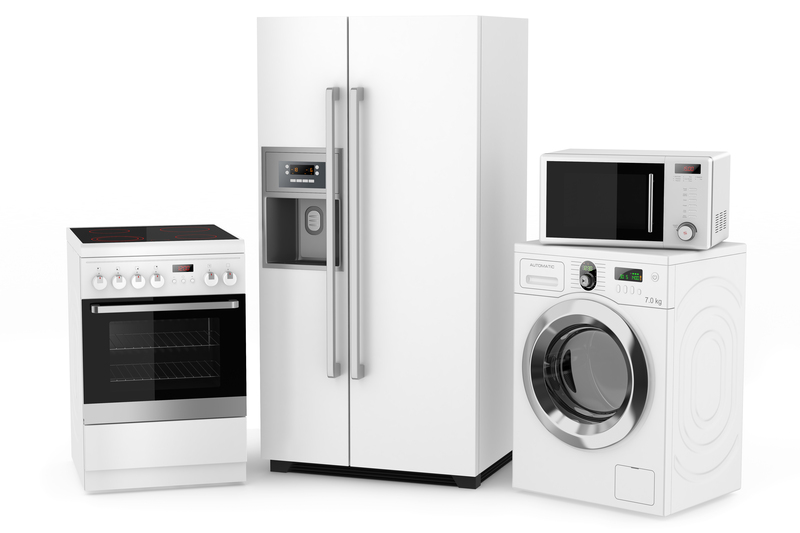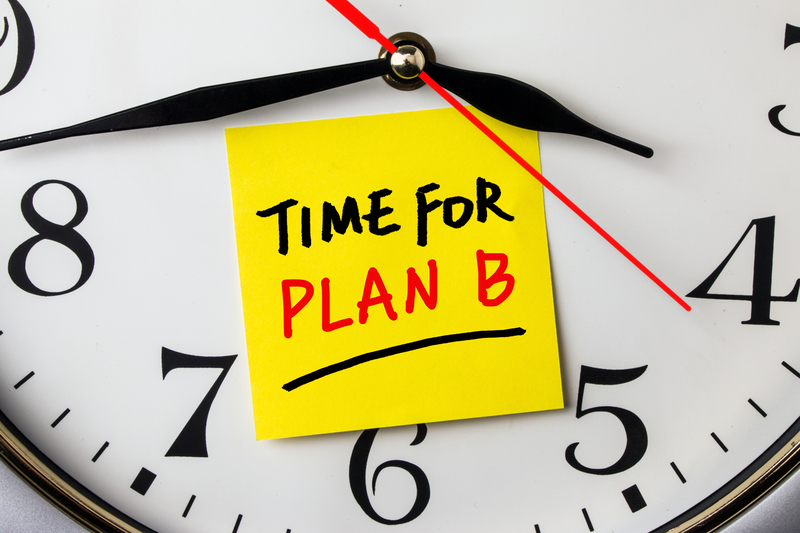Why Moving a Piano Is Best Left to Professionals and Not a DIY Task
When it comes to relocating heavy and delicate items, few things are as challenging as moving a piano. While many homeowners enjoy a good do-it-yourself (DIY) project, attempting to move a piano without professional help is often a decision filled with risks. In this article, we explore why moving a piano should always be left to professionals, discuss the hazards of a DIY piano move, and provide insights into what to expect when hiring experienced piano movers.

Understanding the Complexity of Piano Moving
The Unique Nature of Pianos
A piano is not just another piece of furniture. It is a complex, fragile, and heavy instrument that can weigh anywhere from 300 to 1,200 pounds--or even more. Whether it's an upright, baby grand, or grand piano, each type presents its own logistical challenges due to size, shape, and weight distribution.
- Internal Mechanisms: Pianos consist of thousands of moving parts, delicate strings, and hammers that are easily jarred during movement.
- Irregular Shape: Pianos do not have uniform shapes, making them awkward to lift and fit through standard doors and hallways.
- Significant Weight: The concentrated weight and awkwardness make it easy to lose grip or balance, causing injury or costly damage.
Potential Risks in DIY Piano Moving
The idea of saving money by moving a piano without professional piano movers might sound tempting, but it can lead to a host of problems. Here's why:
- Personal Injury: Pianos are notorious for causing serious injuries such as muscle strains, sprains, back injuries, or even crushed fingers and toes when dropped or mishandled.
- Property Damage: Attempting to navigate tight corners, stairs, and uneven terrain with a piano increases the likelihood of damaging floors, walls, door frames, and the instrument itself.
- Piano Damage: The slightest tilt, bump, or jolt can upset the delicate balance of internal mechanisms, requiring costly repairs and retuning.
- Lack of Insurance: If you damage your piano or property during a DIY move, your homeowners insurance may not cover the cost, leaving you to foot the bill.
The Professional Piano Moving Process
Why Experts Excel at Piano Relocation
Professional piano movers are specially trained and equipped to handle the intricacies of moving both upright and grand pianos. Here's how experts minimize risk and ensure the safety of your cherished instrument:
- Specialized Equipment: Movers use piano dollies, skid boards, heavy-duty straps, and ample padding to secure the instrument.
- Precision Planning: Teams assess the layout of the property ahead of time, measuring doorways, stairwells, and spaces to chart the safest route.
- Experienced Handling: Movers understand the best lifting techniques, how to properly disassemble parts, and how to maneuver through challenging spaces.
- Fully Insured: Reputable companies carry robust insurance to protect your piano and property in the rare event that something goes wrong.
Steps in Professional Piano Moving
- Assessment: Technicians assess the piano type, moving distance, and physical challenges at both the current and new locations.
- Piano Preparation: Protective blankets, padding, and shrink wrap are applied to prevent scratches and dents.
- Disassembly (if needed): Some parts such as the lid, pedals, and legs (on grand pianos) may be carefully removed.
- Secure Transfer: Using a combination of dollies and muscle, movers maneuver the piano through the property and into specialized moving trucks equipped with ramps and climate control.
- Reassembly and Placement: At the new location, the piano is reassembled and positioned precisely where you want it, with minor adjustments as needed.
Dangers and Hidden Costs of DIY Piano Moving
Underestimating the Challenge
No matter how many strong friends you have or how many moving blankets you purchase, moving a piano is rarely as simple as it seems. Many DIY attempts end in frustration, property damage, or injury. Often, the process ends up taking far longer than anticipated, disrupting your entire move.
Common DIY Music Instrument Moving Mistakes
- Insufficient Manpower: Underestimating how many people are needed for the task, leading to lost control or imbalance.
- Improper Lifting: Incorrect lifting techniques cause musculoskeletal injuries and risk dropping the piano.
- Lack of Equipment: Relying on basic hand tools, old dollies, or makeshift straps instead of specialized equipment, increasing risk.
- Skipping Protective Steps: Failing to properly wrap and pad the instrument leaves the finish and internal parts exposed to scratches and shocks.
- Unprepared for Obstacles: Inadequate planning for stairs, tight doors, low ceilings, or uneven paths.
Unforeseen Expenses After a DIY Piano Move
While you may hope to save money by avoiding a professional moving company, the costs can add up quickly:
- Repair Bills: Fixing a dropped piano or repairing household damage can exceed the price of hiring specialists.
- Tuning and Maintenance: Even minor jolts throw pianos out of tune, requiring a professional tuner after the move.
- Medical Costs: Injuries from moving a piano can be serious--and expensive to treat.
- Reputational Damage: Breaking a borrowed piano or damaging a rental property can result in strained relationships or loss of security deposits.
Insurance and Liability: Another Critical Reason for Hiring Experts
The Safety Net of Professional Piano Movers
One of the key advantages of engaging professional piano moving services is the protection provided by their insurance policies. Should an accident occur, both your piano and property are covered under their liability insurance. In contrast, a DIY move leaves you fully responsible for all mishaps.
- Cargo Insurance: Covers the value of your piano during transit.
- Liability Insurance: Protects against injuries to workers or third parties during the move.
- Property Insurance: Covers accidental damage to your home or premises during the move.
Choosing an inexperienced mover or an uninsured contractor puts your cherished instrument--and your finances--at considerable risk.
The Value of Your Piano: More Than Monetary Worth
Emotional and Sentimental Connections
A piano is often a family heirloom, representing cherished memories, hard work, and legacy. Beyond its monetary value, it holds emotional significance that is irreplaceable. Trusting its relocation to a professional ensures that it arrives at your new home safe and sound, maintaining its value for the next generation.
Protecting Your Investment
Whether you own a concert grand or an upright spinet, pianos are valuable investments. Market prices for pianos can range from a few thousand dollars to well over six figures for premium instruments. Even minor chips, scratches, or internal damage can dramatically reduce their value or render them unplayable.
Tips for Hiring the Right Piano Mover
What to Look for in Local Piano Moving Companies
Not all moving companies have the expertise to handle pianos. Here's how to choose qualified piano relocation experts:
- Specialization: Choose movers who specifically advertise piano moving services and can provide references.
- Experience: Ask how many pianos they move yearly and if they have experience with your specific piano type.
- Equipment: Ensure the company uses professional-grade dollies, padding, and secured trucks designed for instruments.
- Insurance: Verify that they are fully insured, and get a copy of their certificate for your peace of mind.
- Written Estimates: Request a detailed estimate upfront, including any potential additional fees.
Questions to Ask Your Piano Movers
- How do you protect the piano and my property during the move?
- Is your crew trained specifically in piano moving?
- What is your process for challenging moves involving stairs or narrow spaces?
- How long will the move take?
- What insurance coverage is included?

Frequently Asked Questions About Piano Moving
Can I Move a Small Upright Piano by Myself?
Even the smallest upright pianos are top-heavy and require at least four strong, coordinated people--and proper equipment--to move safely. The risk of injury and damage is never worth skimping on professional movers.
How Much Does It Cost to Move a Piano?
Pricing depends on distance, piano type, stairs, and special challenges but expect to pay anywhere from $200 to $1,200. This is a reasonable expense when compared to the potential repair costs or injuries from a mishandled move.
How Should I Prepare My Piano for Professional Movers?
- Remove all decorative items and loose objects from the piano.
- Lock the keyboard lid (if possible).
- Ensure a clear, obstacle-free path for movers.
- Arrange for safe parking access on moving day.
Conclusion: Leave Piano Moving to the Professionals
Moving a piano is a task that should not be underestimated. The risks, complexities, and potential for damage make DIY piano relocation a dangerous and often costly undertaking. Instead, investing in expert piano moving services ensures the safety of your instrument, your property, and your health. When it comes to preserving your piano's condition and your own peace of mind, turning to professionals is not just recommended--it's essential.
Don't let a DIY mistake put your beloved piano, yourself, or your home at risk. Trust experienced piano movers for a smooth, safe, and worry-free move--your treasured instrument deserves nothing less!



